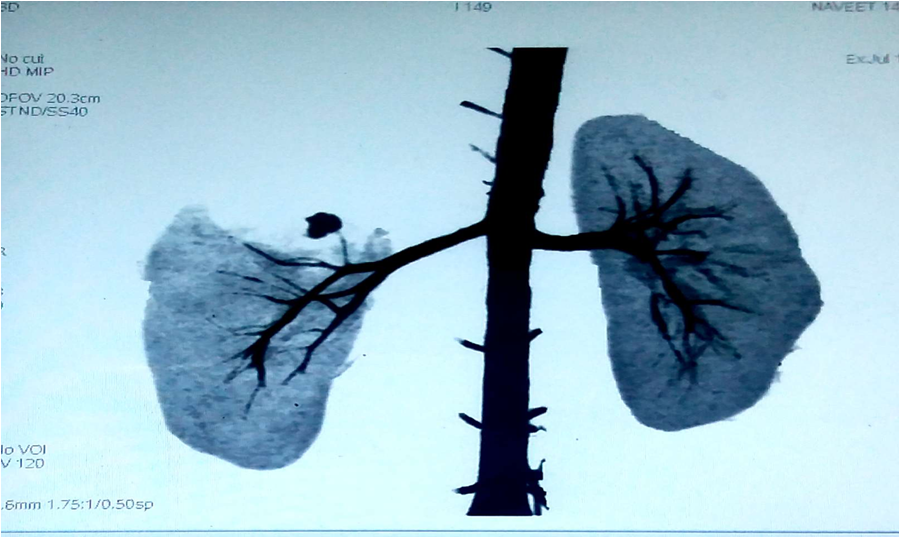CASE20220826_029
Selective Coil Embolization to Preserve the Renal Tissue in a Case of Post Traumatic Renal Injury
By
Presenter
HARIOM TYAGI
Authors
1
Affiliation
, India1
High-Risk Intervention (diabetes, heart failure, renal failure, shock, etc) - High-Risk Intervention
Selective Coil Embolization to Preserve the Renal Tissue in a Case of Post Traumatic Renal Injury
1
, India1
Clinical Information
Patient initials or Identifier Number
535MN
Relevant Clinical History and Physical Exam
A 14 years young patient went to a Hospital as a case of accidental penetrating injury by a pair of scissors. After stitching and dressing the local wound, the patient was discharged. The patient had multiple admissions to the same hospital with hematuria and severe anemia for which patient was managed conservatively by blood transfusion and IV medications.
Relevant Test Results Prior to Catheterization
Relevant Catheterization Findings
Later the patient came to us, the investigation revealed a 14x10 mm Pseudo Aneurysm along with complex grade 3 laceration at upper pole of right Kidney. Initially Nephrectomy was planned.


Interventional Management
Procedural Step
Later the patient came to us, the investigation revealed a 14x10 mm Pseudo Aneurysm along with complex grade 3 laceration at upper pole of right Kidney. Initially Nephrectomy was planned. However later on Selective coiling of the feeding artery was done and on follow up the hematuria stopped and patient recovered without undergoing Nephrectomy.For coil embolization- 6F JR 3.5 catheter was used. Microferret infusion catheter(Cook medical) was used to Selectively cannulate the feeding renal artery. Coil embolization was done using 0.018” Hilal Embolization Microcoils (2mmx2 cm) from Cook medical using Cirrus-14 microwire .
 NAVNEET 535-mov-patient-MAST NAVEET 14YRS.wmv
NAVNEET 535-mov-patient-MAST NAVEET 14YRS.wmv
Case Summary
Thorough investigations should be done in order to figure out the right treatment option. Secondly coiling is a good option in these type of cases in order to save the patient from undergoing nephrectomy.
